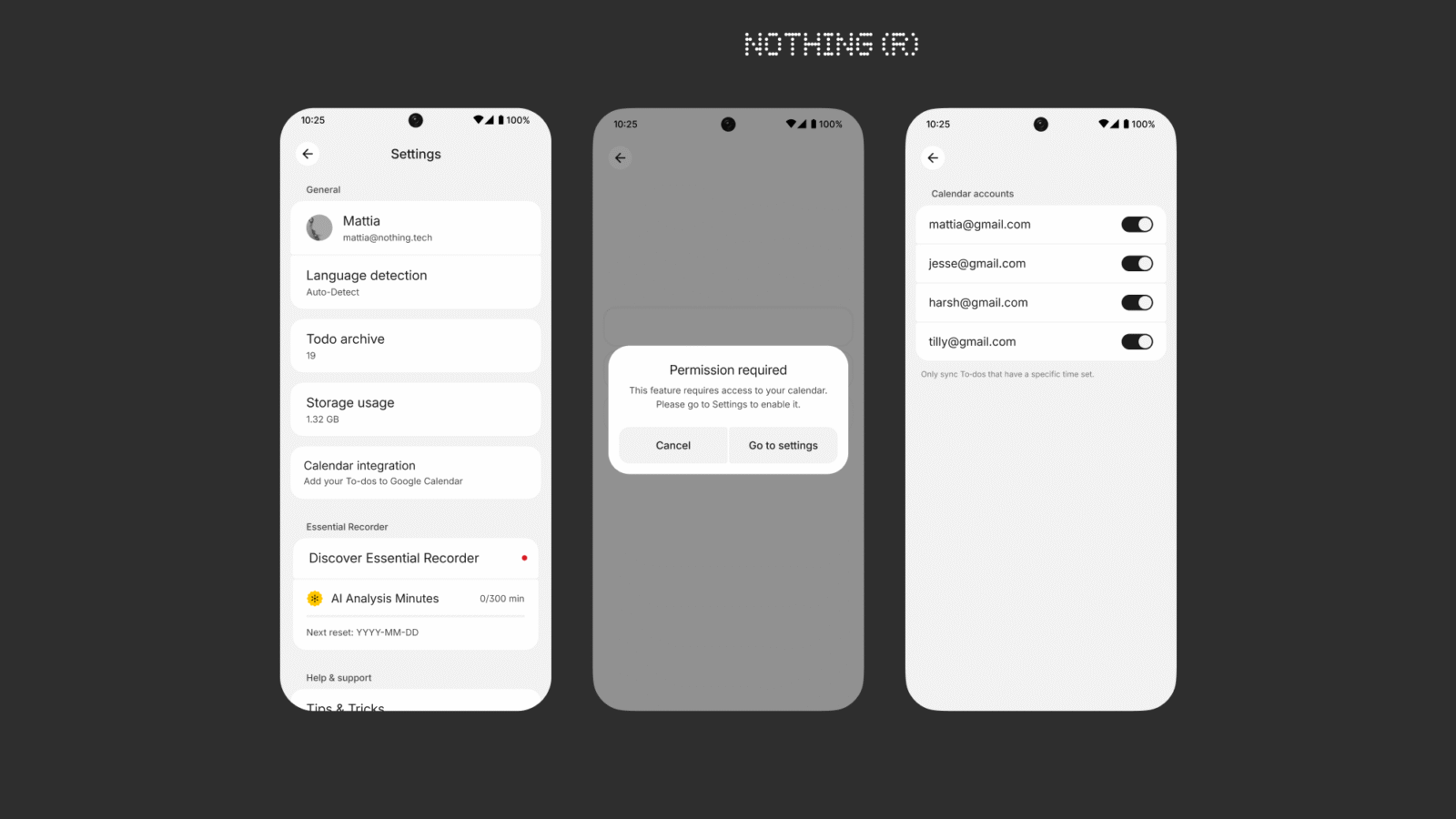A recent durability experiment has raised questions about how well Samsung’s Galaxy Z Fold 7 will hold up over time, despite its official rating of 500,000 folds. YouTuber Tech-it spent several days folding the device by hand — more than 200,000 times — to mimic real-world usage conditions, introducing variations in speed and force that automated machines can’t replicate.
The test produced concerning results early on. According to Tech-it, the phone began showing problems after just 6,000 folds. Between 6,000 and 10,000 folds, the device experienced a reboot error that recurred roughly every 10,000 folds afterward. By 46,000 folds, creaking noises began to develop around the hinge.
At 75,000 folds, the team observed an alarming event — a brief leak of an unidentified black liquid from the hinge. While it didn’t happen again, the incident adds to concerns about the device’s internal sealing and mechanical integrity. As the folding continued, problems escalated. By 175,000 folds, all of the phone’s speakers — including the top, bottom, and earpiece — had stopped working entirely.
The hinge mechanism also changed noticeably over time. It became smoother to open and close, but the “Free-stop” feature lost much of its original elasticity, potentially impacting the user experience. While the phone remained operational, these failures all occurred well before the 200,000-fold mark — the durability limit of previous Z Fold generations — and far short of the 500,000 folds Samsung claims the Z Fold 7 can withstand.
Although it’s possible some issues were unrelated to the folding process, the pattern of failures raises doubts about whether the new hinge and folding display technology will reliably meet Samsung’s stated targets in everyday use. For potential buyers, the test serves as a reminder that lab-rated durability doesn’t always translate to consistent real-world performance — especially for devices with complex mechanical parts.






